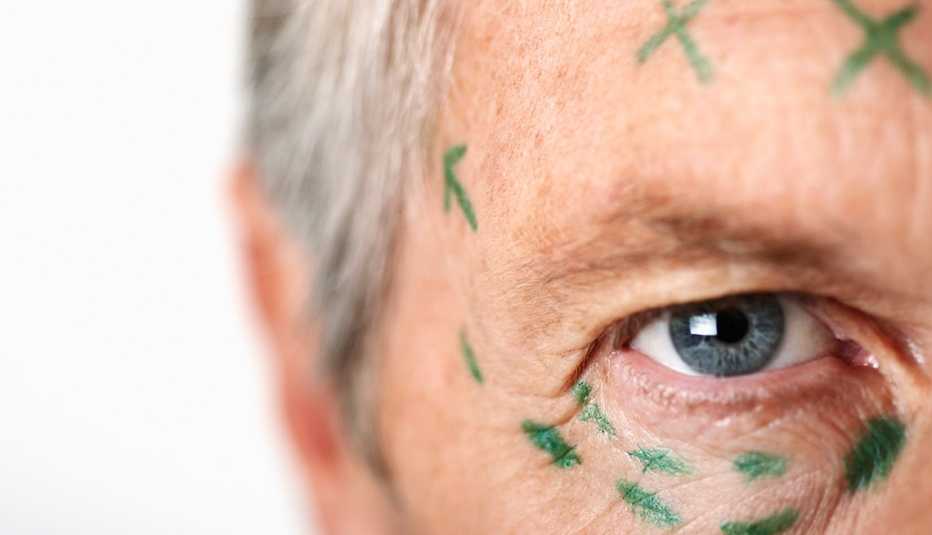Staying Fit


Face-lift? So last century. These days, women and a surprising number of men are seeking ways to turn back the clock without going under the knife. Last year, Americans age 55-plus opted for 3.4 million minimally invasive cosmetic procedures, according to a report by the American Society of Plastic Surgeons. Topping the list: Botox, at 1.4 million injections, followed by fillers, at 818,000.
"People have always wanted to look as young as they feel," says Jody Comstock, a dermatologist in Tucson, Ariz. "But we're also living longer and working longer. To be a contender in today's tight job market, you need to look like you're still in the game."


AARP Membership— $12 for your first year when you sign up for Automatic Renewal
Get instant access to members-only products and hundreds of discounts, a free second membership, and a subscription to AARP the Magazine.
But you don't necessarily want anyone to know that you did a little something. "Technology has improved tremendously with these new procedures," adds Comstock. "They're quick — you see results, if not right away, then within a few days. And the risk of any kind of serious complication is far lower than with surgery."
The problem is that as we age, skin loses the elasticity it needs to hold its shape. "Wrinkles form, eyelids droop, cheeks hollow and you may appear more tired, worried or older than you are," says dermatologist Ellen S. Marmur, associate clinical professor of dermatology at the Icahn School of Medicine at Mount Sinai Medical School in New York. "As dead cells accumulate, the complexion becomes dull and uneven, like having 10 layers of paint on your skin."
What can you do? No solution is right for everyone. Depending on your skin type, lifestyle habits and overall health, not to mention budget and amount of time and discomfort you're willing to accept, a doctor can outline the best options for you. She may even combine procedures as part of an ongoing treatment plan.
Keep in mind that not every procedure is right for every problem: "You don't need a full face-lift to smooth deep troughs next to your mouth, when a filler will do just fine," says Comstock. What's more, you won't walk out with that dreaded "deer in the headlights'' look, the hallmark of face-lifts back in the day. You'll look less tired, more energetic and youthful. Like you, only better.
To help you safely navigate the dizzying array of noninvasive choices available, we've culled from dozens of the latest procedures. Here's how to get glowing.
Crow's Feet, Forehead Furrow
What can help: Botox, Dysport or Xeomin are brand names for a highly purified form of botulinum toxin. By temporarily paralyzing small muscles, they prevent lines from forming and make those you have less noticeable. When Botox is injected into the vertical bands of muscles in the neck, it can ease the dreaded turkey neck, too.
What you need to know: "I cringe when I hear about Botox parties or people getting injected at a nail salon by someone who's taken a weekend course," says Marmur. "We hear so much about Botox that people think it's easy to do. Actually it's one of the hardest to get right." Expect results in a few days.
Downtime: None.
Cost: About $380 per treatment. You'll need a touch-up in three months.
Under-eye bags, rings or dark circles
What can help: Hyaluronic acid fillers such as Restylane and Juvederm (made from a sugar that naturally occurs in the body) are still the gold standard. They trigger the production of new collagen — the protein fibers that give skin its firmness and strength — diminishing moderate to severe wrinkles. The newest — Belotero Balance — erases superfine lines such as those on the lip or chin.

































































More on Health
Live Cleaner, Eat Cleaner By Friday
Five easy ways to limit the chemicals in your life
5 Yoga Poses to Relieve Chronic Pain
Relax, breathe and feel better with these beginner moves